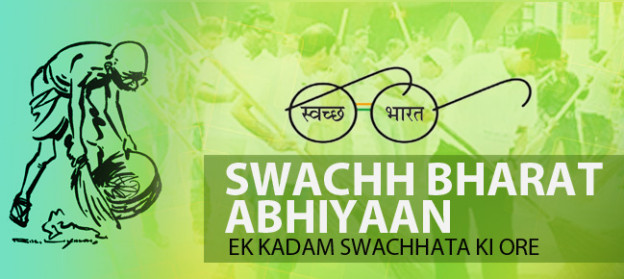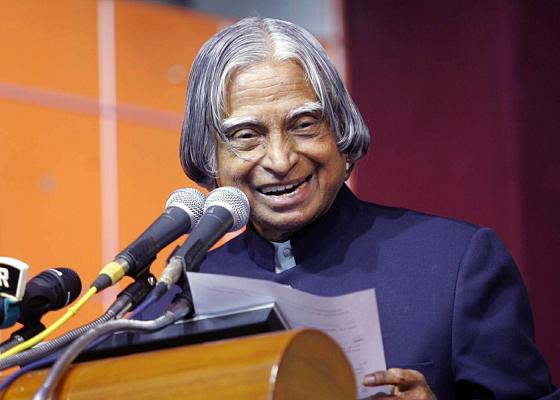On the occasion of Mahatma Gandhi’s 145th birth anniversary, Prime Minister of India Shri Narendra Modi on 2nd Oct 2014 launched the ‘Swachh Bharat Abhiyan’ (Clean India mission). It aims to make India ‘clean’ by October 2, 2019, Mahatma Gandhi’s 150th birth anniversary.
The mission envisages a clean India through participation of all citizens from different age groups. But, it is a fact that there will be no constructive participation and productive progress unless people’s attitude towards cleanliness and its importance changes.
Very often, we would see a car window opening up in the middle of the road and someone throwing out an empty packet or spitting in the middle of the road. We have many examples even in our progressive urban habitats where we would come across incidents of households throw their home dirt in open public. Until the attitude and mentality of people change, no campaign can clean India.
Take for example, New Delhi’s Connaught place. It is a perfect blend of outstanding heritage architecture and new age lifestyle settings. With quick access to the world class Delhi metro, Connaught Place with its imposing and beautiful façade attracts people of all ages and backgrounds including a lot of overseas tourists. It compares well with (and probably even surpasses) many European vintage locations, which when we visit, we appreciate with awe struck expressions. According to a recent global survey, Connaught Place emerged as the 5th most expensive office space location in the world, based on office rental values. But, the one question you’d ask yourself is: WHY? Why have we made this beautiful location look so dirty? How can some of us so shamelessly spit pan masala and guthka at those beautiful white pillars that are architectural wonders? Do we have any right to make public places and the environment dirty and make other people feel disgusted? Do we do that inside our homes? How can we so casually throw off an ice-cream wrapper, tea / coffee cups or cigarette buds, a piece of paper, or a water bottle anywhere? At the same time, why can’t civic authorities in the first place provide proper waste disposal and management facilities to avoid such behaviour? Why do we have street food stalls sprawling all over ? Why can’t we have designated areas with proper facilities and infra for street food counters, and street shops?
Why do we litter our heritage properties and public places? If India and its tourist destinations are clean, it will bring in more tourists, more revenue and will also bring about a paradigm shift in the country’s global perception.
Not only this, India also faces economic loss because of poor hygiene and sanitation in the country. A World Bank report in 2006 said that India losses the equivalent of 6.4% of GDP annually because of this. Nearly 60% of India’s population practice open defecation which puts them at risk of diseases like cholera, diarrhoea, typhoid etc
Apart from government initiatives that lead to ‘total sanitation’ by 2019, the success of the mission will depend largely on how we are able bring about attitudinal and behavioral change in us.
The same ‘us’ don’t dare to litter public places when we visit international places on holidays? Is it because of the fear of penalty in those overseas locations? Why can’t we be proud of our country? While we stop ourselves from littering, should we also not take proactive steps in discouraging and stopping others from littering public places? When will this behavioural change come? How can we achieve the dream of Swachh Bharat? Building awareness and the need to change is imperative. Awareness has to convert to public participation and actions. What we also need is possibly more innovative ways to enhance people’s participation, in addition to introducing strict legislation.
Picture Courtesy: http://india.gov.in/spotlight/swachh-bharat-abhiyaan-ek-kadam-swachhata-ki-ore



